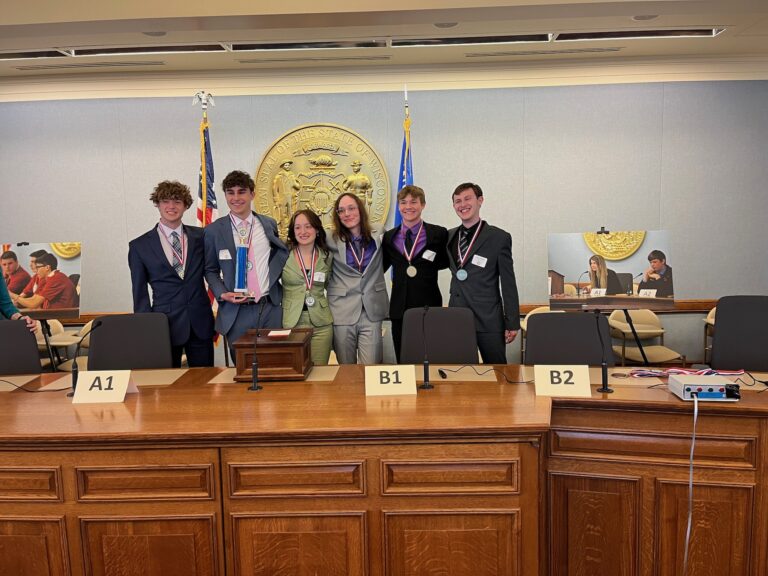Weekly Fiscal Facts are provided to Wisconsin Newspaper Association members by the Wisconsin Policy Forum, the state’s leading resource for nonpartisan state and local government research and civic education. The Wisconsin Policy Forum logo can be downloaded here.
As Wisconsin Policy Forum researchers began to contemplate our 2021 research agenda a year ago, it appeared analyzing the harsh impacts of the pandemic would be our focus for the second straight year.
Yet, while pandemic-related issues were indeed a key driver of our 2021 research agenda, the tenor of our work was not what we expected. Instead of analyzing the painful fiscal choices required of state government and local jurisdictions, we instead focused on the impacts of billions of dollars of federal relief aid. And instead of reporting only bad economic news, we shed light on initial recovery in the restaurant and housing sectors.
We summarize our 2021 top five research findings below:
1. UWM is falling behind its peers. A July report painted a concerning picture of trends at the University of Wisconsin-Milwaukee, the state’s second-largest university and one of two top-level research universities. We found recent enrollment declines at UWM’s main campus were among the largest of any UW System four-year campus, and among a national peer group of 14 other urban public research universities. Given related declines in revenues and lagging faculty numbers and research spending, we suggested “a sense of urgency is required if UWM is to remain a vital place of higher education and an important economic driver in the region.”
2. Police spending was on the decline before 2020. A legislative effort to penalize municipalities that cut police spending or staffing in response to calls for “defunding” prompted us to seek context in an August report. We found 253 municipalities across Wisconsin reduced police spending from 2018 to 2019, before the murder of George Floyd. We found 79 of 304 Wisconsin police departments had reduced their sworn officers during those years. This suggested the cuts may be less about ‘defunding police’ and more about confronting fiscal realities.
3. Pandemic has produced more drinking in Wisconsin. There have been anecdotal accounts of greater alcohol consumption since the pandemic hit in 2020. We were able to add solid numbers in our September report analyzing collections from the state excise tax on alcoholic beverages. We found a 16.6% increase (from $63.3 million to $73.8 million) in the fiscal year that ended June 30, over the prior year. This was the largest percentage increase in Wisconsin since 1972, when the tax rate on wine and liquor was raised and the drinking age was lowered.
4. Fewer Wisconsin students applying for financial aid. Another September report found pandemic disruptions had negatively impacted a critical entry point for college access. The percentage of Wisconsin high school seniors completing the Free Application for Federal Student Aid (FAFSA) fell from 52.7% in 2019 to 46.4% for 2021. The drop was particularly pronounced among students from historically underserved groups. We noted the declines “carry ominous implications” since the FAFSA is a crucial first step for securing college financial aid.
5. Milwaukee County Parks operated with less money in 2019 than 30 years earlier. In October, we released a report that laid out the financial challenges facing Milwaukee County’s parks and offered potential solutions. We found that when adjusted for inflation, the department spent $39.6 million less in 2019 than 30 years earlier, which explains why parks staffing levels plummeted while a huge backlog of maintenance and repair needs has materialized.
This information is provided to Wisconsin Newspaper Association members as a service of the Wisconsin Policy Forum, the state’s leading resource for nonpartisan state and local government research and civic education. Learn more at wispolicyforum.org.



